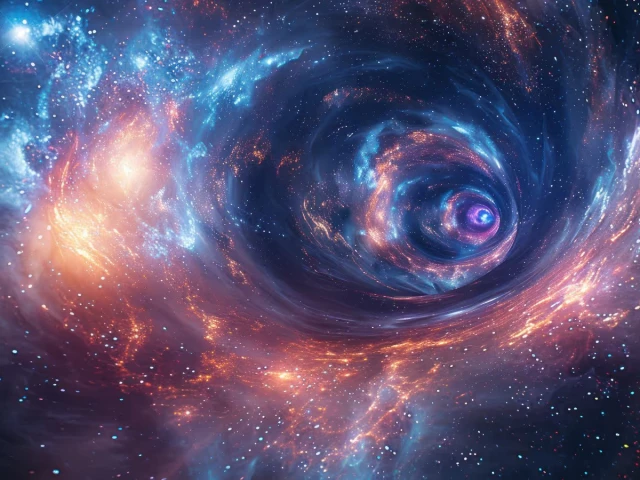Astronomers have uncovered a shocking new construction in our area of the galaxy, an interstellar tunnel that seems to attach the bubble of sizzling fuel surrounding our photo voltaic system to areas round different stars.
The discovering comes from a study led by Dr. L. L. Sala and a group on the Max-Planck Institute, who analyzed knowledge from the eROSITA X-ray instrument aboard the Spectrum-Roentgen-Gamma mission, mixed with older observations from the ROSAT survey.
Our photo voltaic system sits inside what astronomers name the Native Sizzling Bubble, a area about 300 light-years vast crammed with highly regarded, low-density fuel. This bubble was created by supernovae, that are the explosive deaths of huge stars. These occasions occurred tens of millions of years in the past, heating the fuel within the space and pushing apart cooler materials.
By mapping comfortable X-ray emissions throughout the sky, the researchers examined faint indicators from heat fuel, cavities, and different options of the interstellar medium, which is the fabric discovered between stars. Within the course of, they recognized a channel extending from the Native Sizzling Bubble towards the constellation Centaurus. One other potential channel could level towards the constellation Canis Main. These channels are uncommon as a result of they appear to interrupt by means of or hyperlink areas contained in the bubble, creating connections between our native area and extra distant star methods.
The invention helps older theories suggesting that the interstellar medium isn’t uniform however as an alternative accommodates a community of cavities and pathways created by supernova explosions and stellar winds, that are streams of charged particles launched by stars. The group additionally noticed a north-south temperature distinction at excessive galactic latitudes, which means areas above and beneath the aircraft of the Milky Means should not equally sizzling or dense. This reveals that the Native Sizzling Bubble itself has a extra complicated construction than beforehand thought.
Whereas these findings give scientists a clearer image of our cosmic setting, many questions stay unanswered. The precise dimension, form, and variety of these channels are nonetheless unsure, and researchers don’t but totally perceive how they fashioned. It is usually unclear what position they may play within the motion of cosmic rays, the movement of interstellar mud, or the habits of magnetic fields within the area.
The identification of those interstellar tunnels highlights how dynamic and interconnected the area round our photo voltaic system actually is. It provides one other layer to our understanding of the forces that formed our galactic neighborhood and factors to the probability of much more complicated buildings ready to be found as observational expertise improves.

